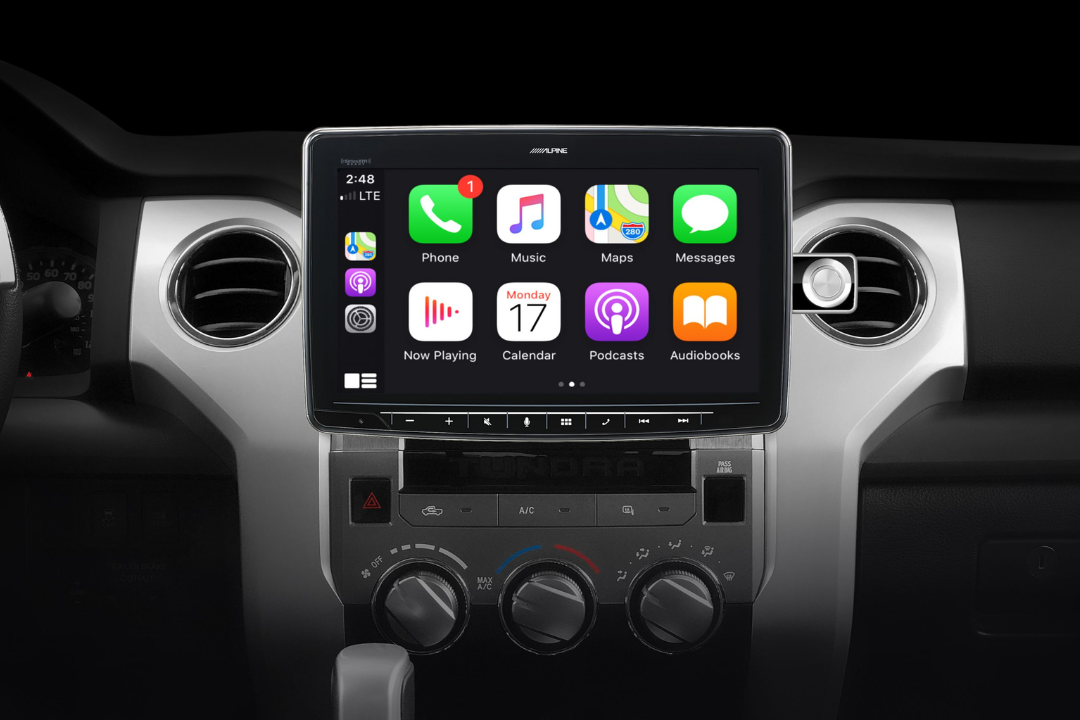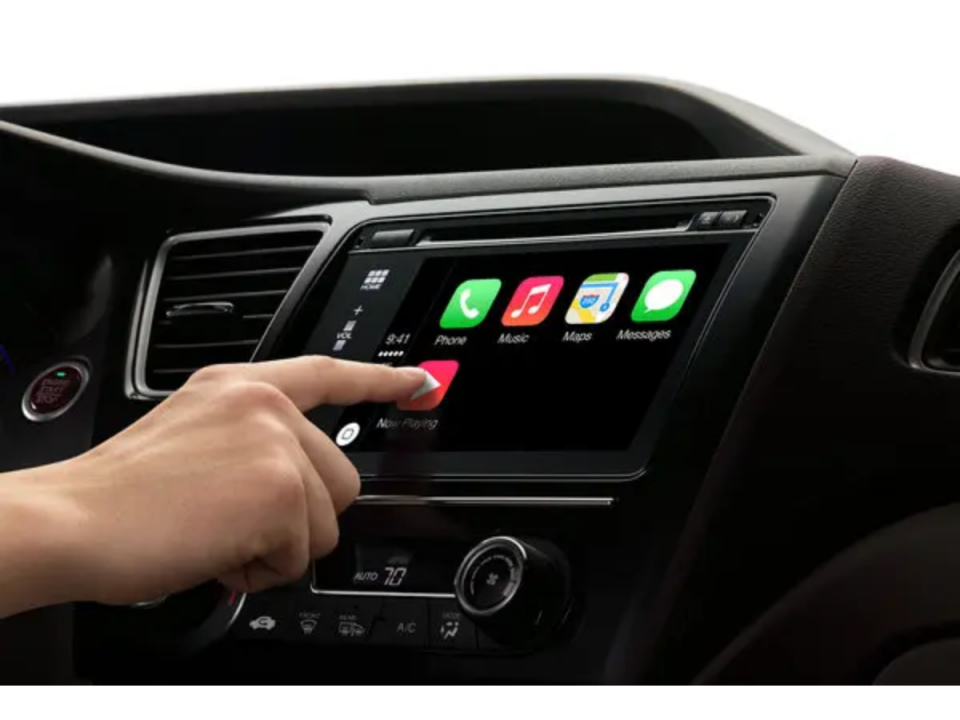Apple’s plan to stop drivers from holding their phones while driving by making the whole dashboard look like the iPhone’s screen is making people wonder why regulators aren’t doing anything about this system that can lead to the kind of dangerous driving that manufacturers say tech will stop.
As part of its annual Worldwide Developer Conference, Apple showed off a new update to its controversial “CarPlay” feature on Monday. The update will allow a large portion of a driver’s iPhone to be shown on the car’s dashboard, in addition to the center entertainment touch screen that many cars already have.
The feature will show several iPhone widgets right next to the speedometer and other traditional dashboard instruments. They will all be part of a single integrated operating system that drivers can change to give them as much to look at as possible. Calendar alerts, turn-by-turn directions, Apple Music, real-time weather information, local UV indexes, and a wide range of other apps will be constantly available to drivers. This will make it tempting for them to take their eyes off the road to read backlit bits of text instead of using CarPlay’s less convenient speech-to-text functions.
Apple is promoting the new interface as a safety feature that will stop drivers from using handheld phones while driving. However, advocates were ready to point out that previous versions of CarPlay have already been shown to slow drivers’ reaction times by about 57% compared to when they are paying full attention to the road.
That’s about five times slower than driving with the legal limit of alcohol in your system and three times slower than driving while high on marijuana. Ironically, it’s even slower than texting while holding a phone, which is one of the very dangerous habits that CarPlay was meant to stop. The people who did the study didn’t know why, but researcher Neil Greig thought it might be because many drivers are “assuming it is safer because it is built-in the larger screen or the extra number of features.”

Apple also said that in the future, CarPlay‘s visual features might be shown on the windshield itself using the car’s “heads up” display, which could be even more distracting for drivers.
Experts say that if a driver looks away from the right of way for more than two seconds, the chance of a car crash roughly doubles, even on low-speed roads. Touch screens are hard to control without looking down for longer than that, unlike the easy-to-remember buttons on a traditional console radio. During simulator tests, the first version of CarPlay was found to take drivers’ eyes off the road for up to 16 seconds before they even realized it.
Again, this was before the feature was updated to make the whole car almost like an IMAX theater.
Jennifer Homendy of the National Transportation Safety Board and other safety watchdogs in the U.S. have publicly asked regulators to test the safety effects of infotainment systems or, at the very least, to stop automakers and tech companies from bragging about their safety “benefits” in marketing campaigns. But so far, the National Highway Traffic Safety Administration has only told automakers to stay away from the most obviously dangerous designs. In the meantime, features like CarPlay are becoming more and more distracting.
Paris Marx, author of the upcoming book Road to Nowhere: What Silicon Valley Gets Wrong About the Future of Transportation, said that regulators have been falling behind automakers and tech companies. “Now, [NHTSA and the tech regulators] are waking up to these problems, but they’ve been quite slow… And that inaction has had consequences already.”
Marx says that the fact that infotainment systems are extremely popular, Americans tend to look to technology to solve urgent transportation problems without first making sure it works.
